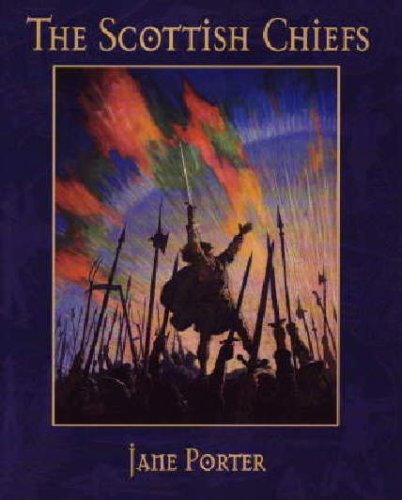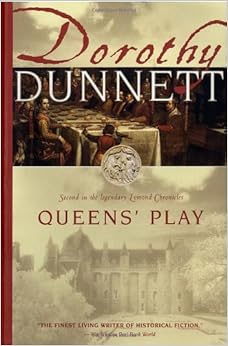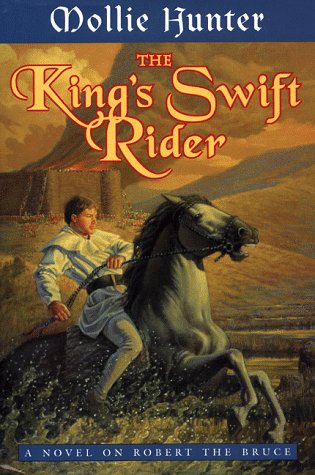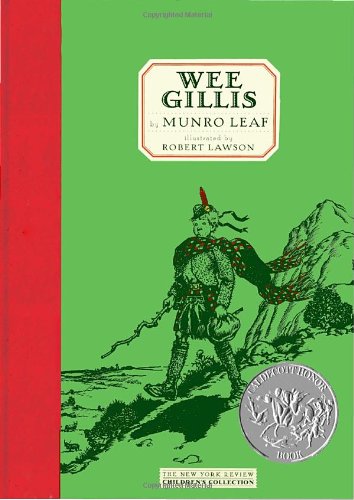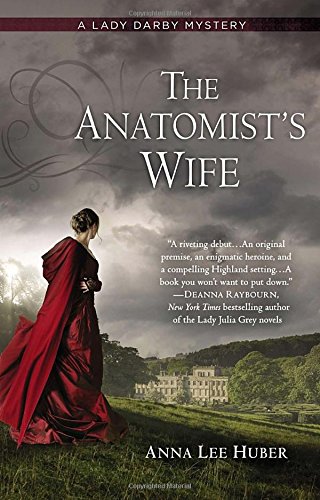 First in a series, “A Lady Darby Mystery”, The Anatomist’s Wife takes place in Scotland, 1830. Lady Kiera Darby is a young woman, recently widowed and involved in a scandal related to her late doctor husband’s anatomical studies. As the story opens, Kiera has taken refuge with her sister’s family on their estate in Scotland, away from the vicious gossip of Edinburgh and London society.
First in a series, “A Lady Darby Mystery”, The Anatomist’s Wife takes place in Scotland, 1830. Lady Kiera Darby is a young woman, recently widowed and involved in a scandal related to her late doctor husband’s anatomical studies. As the story opens, Kiera has taken refuge with her sister’s family on their estate in Scotland, away from the vicious gossip of Edinburgh and London society.
Unfortunately for Lady Darby, when Lady Godwin is murdered (within the first few pages of the novel), Lady Darby is asked to assist Mr. Sebastian Gage in his inquiry into the crime. Not only is Mr. Gage a rake and perhaps somewhat brainless, he also may, like everyone else in the house party, suspect Kiera Darby of having some culpability in the murder. After all, Kiera’s reputation is still in shreds after her husband’s death and subsequent revelations about his work with dissecting dead bodies and having his wife draw them.(!)
There wasn’t really much Scottish atmosphere to be found in this mystery novel. The occupants of the manor call upon the services of a “procurator fiscal” rather than a coroner in the wake of the murder, and Kiera’s brother-in-law, Philip, lapses into Scots dialect a couple of times under stress. Other that that, the events in the novel could have taken place anywhere in England or Scotland or even Ireland or the continent without much change in the descriptions or the plot.
The post-Regency and pre-Victorian time period of the novel, makes it an interesting mix between what I think of as Regency promiscuity and profligacy and Victorian propriety and conventionality. The society women are appalled at Kiera’s history of having helped her husband in his study of human anatomy. And yet, these same ladies seem to be quite athletic in their pursuit of other women’s husbands. This moral schizophrenia affects the men, too, as when Gage explains to Keira that he is a rake, but certainly not a rogue: “I assure you, my lady, that were you closeted with a rogue rather than a rake, you would know the difference. If a rogue decided he wanted you, he would use all of the means at his disposal to persuade you, but ultimately he would debauch you whether you wished it or not. A rake would never dishonor a woman in such a way.” (In other words, he may be an adulterer and a cad, but at least he’s not a rapist.)
I found the ending to the book and the solution to the whodunnit rather unsatisfactory. The murderer turns out to be insane, with quite a thin motive for his or her actions. And those actions progress from a bloody and violent beginning to an even more brutal and murderous ending.So, finally, although it was good enough to keep me turning the pages, I found only few things to like about this mystery and many others to dislike: too much romance, not enough mystery, too much insanity, not enough sense, too much sexual immorality, not enough virtue, and too much generic setting, not enough Scotland. Fans of Georgette Heyer or other Regency/Victorian romance/mystery writers may enjoy this one more than I did. It wasn’t awful, just not what I was looking for.
If you want to do some more research in the area of Scottish mysteries or post-Regency era mysteries:
Rachel Knowles: When Is the Regency era?
Cozy Mystery Books with a Scottish Theme.
Books in Scotland: a resource for information on all the best in Scottish Books and Writers.
